Inspection:
The valve manufacturer shall conduct an appearance inspection of all valve body, bonnet and seal castings to ensure compliance with the provisions of the relevant standards.
Valve manufacturer shall inspect each valve to ensure compliance with the provisions of this standard and related product standards.
API valve inspection specific standards and methods:
API598 standard: the standard specifies in detail the floating ball valve sealing performance inspection and test methods, including low-pressure sealing test and high-pressure sealing test
API607 standard: applies to the fire resistance test to ensure that the valve can still maintain sealing performance in high temperature environments
API6FA and API6FD standards: applicable to metal and non-metallic sealing ball valve high-pressure sealing test respectively
Pressure test:
The test medium for the shell test, high pressure upper seal test and high pressure seal test shall be air, nitrogen, inert gas, kerosene, water or non-corrosive liquid with viscosity not higher than water. Unless otherwise specified in the requirements of the ordering contract, the temperature of the test medium shall be within the range of 5°C (41°F) to 38°C (100°F).
For low-pressure seal tests and low-pressure upper seal tests, the test medium shall be air or an inert gas.
Certificate of conformity and retesting:
Certificate of conformity: the valve manufacturer should provide the demand side of a certificate of conformity to prove that the valve products in line with the order.
Re-test: If the order contract does not provide for the demand side of the re-test, the valve has been tested do not have to re-test. Re-test, the valve has been painted does not have to remove the paint. Stock valves should be cleaned before retesting and shipment.
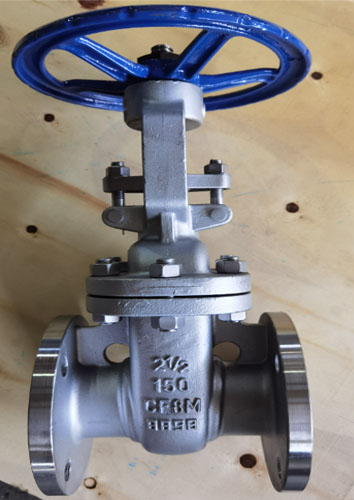




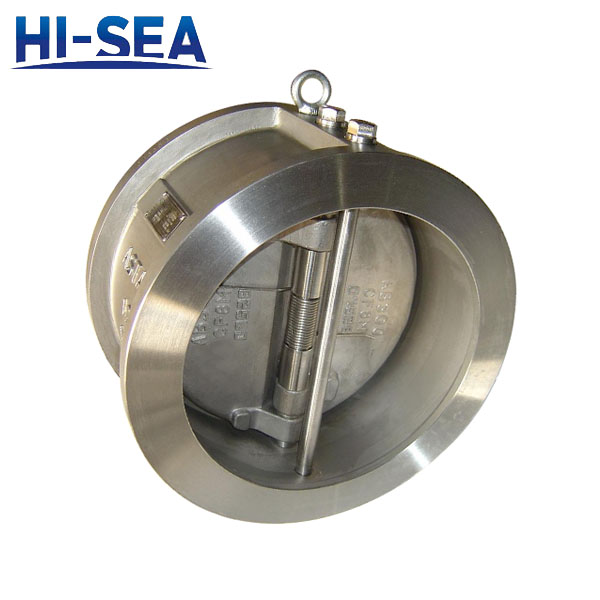
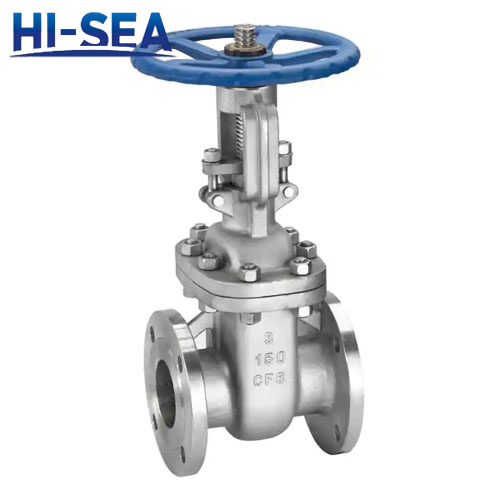
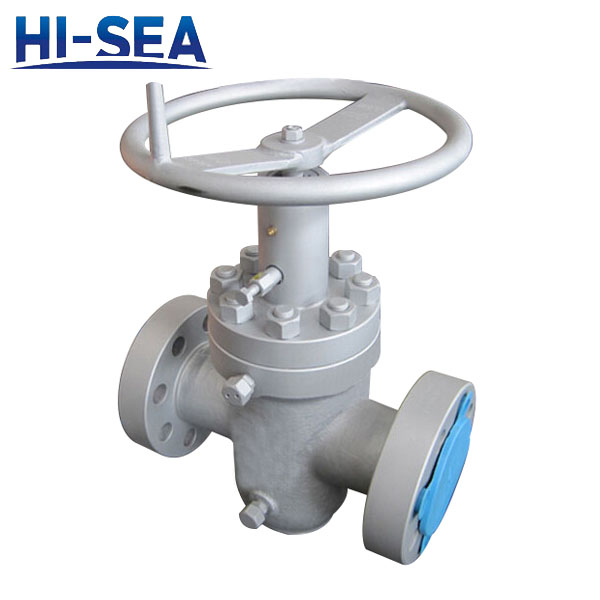
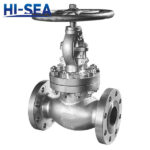 Main Material of API Valve
Main Material of API Valve What is the difference between a rising stem gate valve and a non rising stem gate valve?
What is the difference between a rising stem gate valve and a non rising stem gate valve?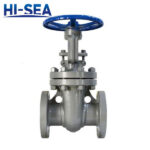 API Valve Fire Test
API Valve Fire Test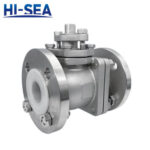 What is the difference between PTFE and RPTFE?
What is the difference between PTFE and RPTFE?